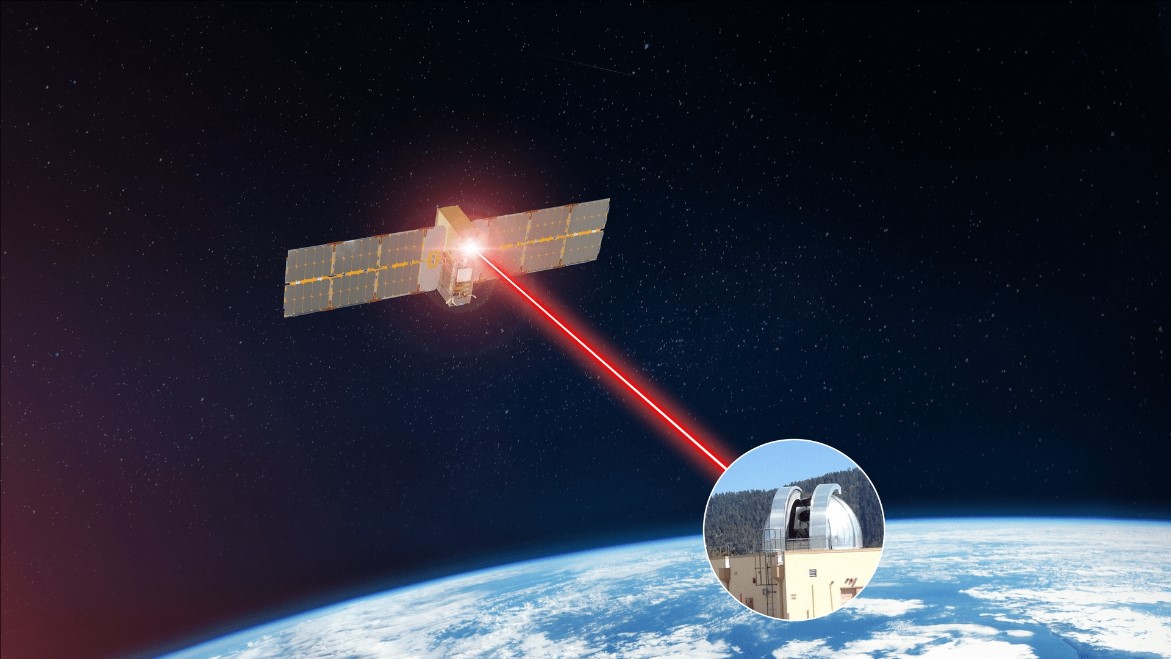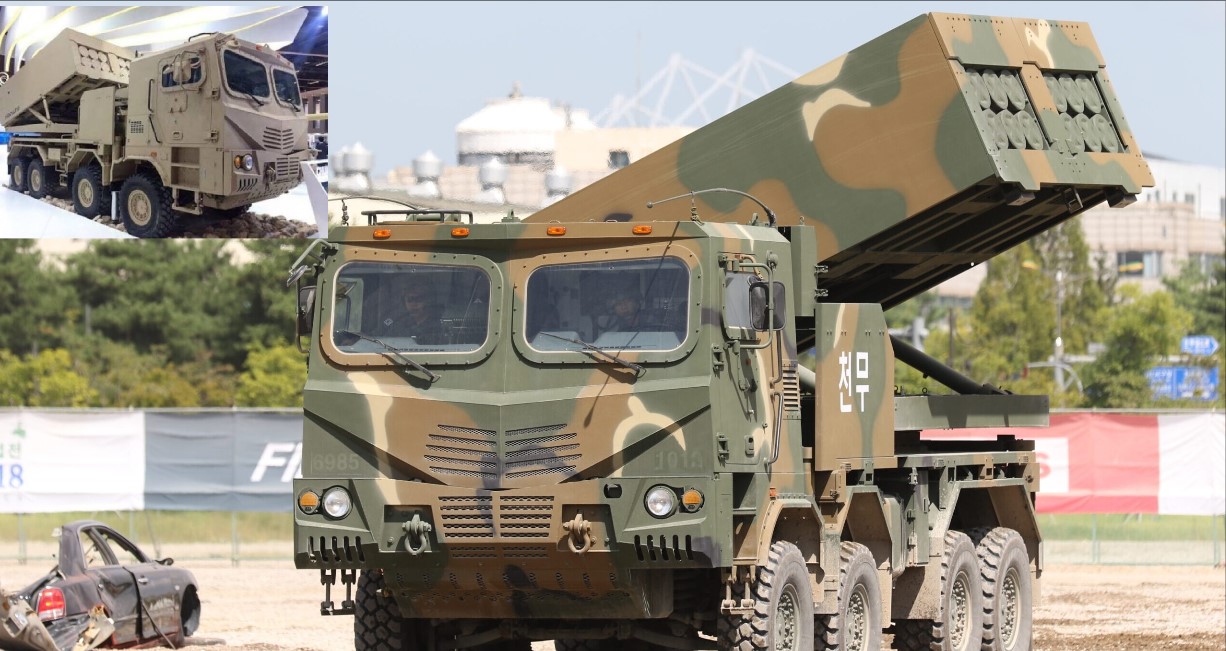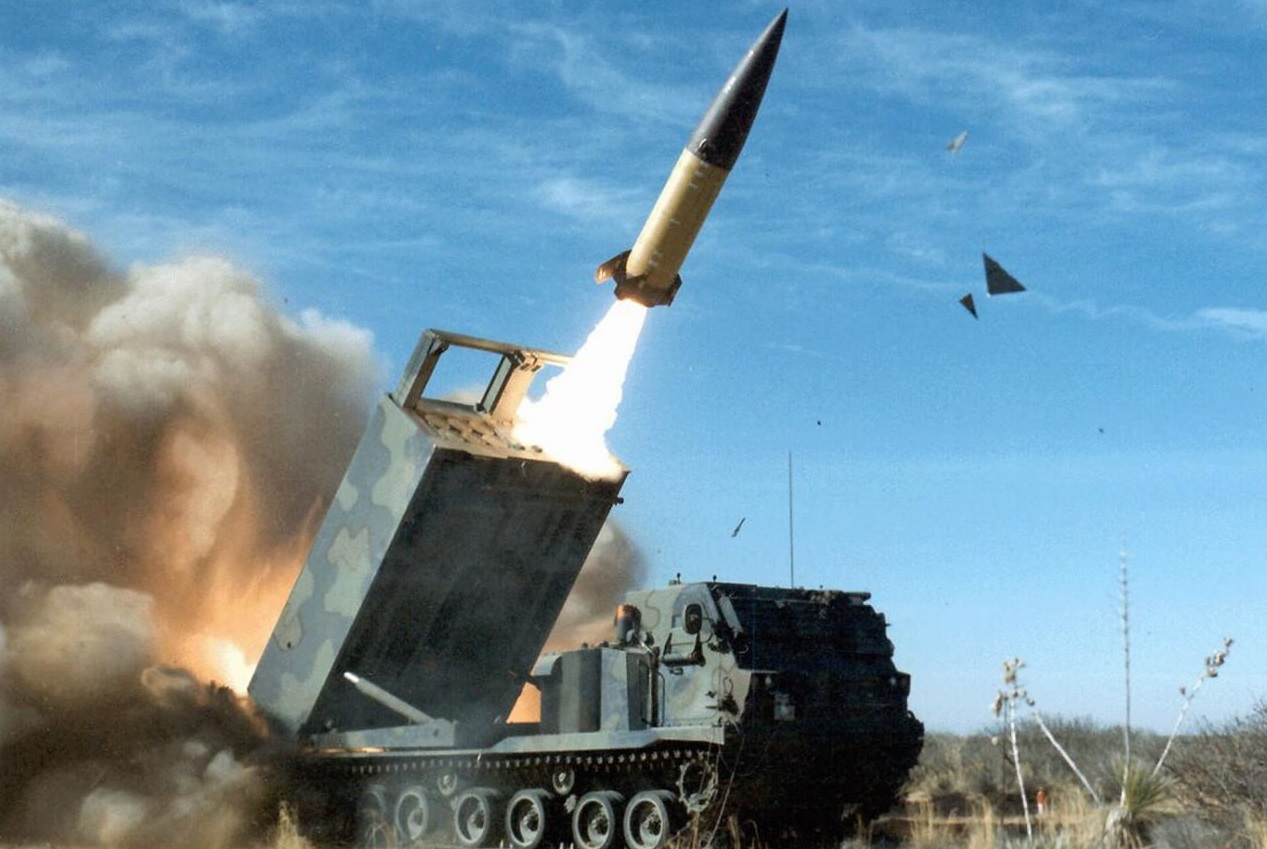France Achieves Breakthrough with World's First High-Speed Optical-Laser Link from Ground to Space

In a significant leap for space communications, the French Defence Innovation Agency (AID) has announced the successful launch and operation of the Keraunos satellite, marking what is claimed to be the world's first stable Optical-Laser Infrared (OLI) communication link between a low-orbit nanosatellite and a ground station. This ambitious project was developed in collaboration with two pioneering French space companies, Cailabs and Unseenlabs, and falls under the umbrella of France's Military Programming Law for 2024-2030. The Keraunos satellite is part of a broader initiative, which also includes projects named Toutatis and Yoda, all aimed at enhancing the country's military communication capabilities.
In September 2024, a joint announcement highlighted the successful test of this groundbreaking technology, which took place during the summer. The test demonstrated the potential of OLI communications for transferring data at unprecedented speeds, laying the groundwork for future military and commercial applications. While there have been other advancements in the field by NASA, China, and other nations, this test stands out as the first commercial endeavor to successfully implement such a high-speed communication link.
To appreciate the implications of this technology, it's essential to understand how OLI communications differ from traditional radio frequency (RF) systems. Both methods are part of the electromagnetic (EM) spectrum, but they occupy distinct frequency ranges and bandwidths. RF systems, which utilize lower energy photons, typically operate within the range of 3 KHz to 300 GHz, while OLI communications, using infrared light, function at significantly higher frequencies (300 GHz to 400 THz). This fundamental difference allows OLI systems to transmit data at much higher speeds—up to 200 Gb/sec, which is a staggering 40 times faster than conventional RF systems. In practical terms, it means that complex data sets, like a full-resolution map of Mars, could be transmitted in nine days using OLI instead of nine weeks with RF.
The military implications of OLI communications are profound. Not only does it offer speed, but it also enhances security, flexibility, and cost-effectiveness. The narrow beam width of OLI communications makes them more difficult for adversaries to detect and jam. This precision can provide a significant tactical advantage, particularly in military operations where secure and reliable communication channels are paramount. Furthermore, the components of OLI systems tend to be lighter and less voluminous, allowing for easier integration into existing infrastructures without the need for traditional, bulky antennas. This flexibility translates into lower setup costs and improved logistics for military operations.
However, OLI systems are not without their limitations. The narrow focus of their communication beam means that any misalignment between the transmitter and receiver can lead to transmission loss. Additionally, environmental factors, such as rain and cloud cover, can disrupt communication links. Fortunately, the innovative technologies developed by Cailabs and Unseenlabs are designed to address these challenges, with adaptive ground receivers capable of mitigating some of the issues associated with atmospheric disturbances.
The AID has expressed its commitment to integrating OLI communications into next-generation military satellites, targeting a range of platforms across land, sea, and air. This technology could significantly enhance communication capabilities for European land forces, ensuring resilience in a rapidly evolving battlefield landscape. The successful validation of OLI communications through the Keraunos test marks a pivotal moment in the evolution of space-to-ground communication, setting the stage for broader applications in both military and civilian sectors. As the world embraces this innovative technology, it is likely that OLI will become a cornerstone of future communication infrastructures, complementing existing RF systems without completely replacing them.


